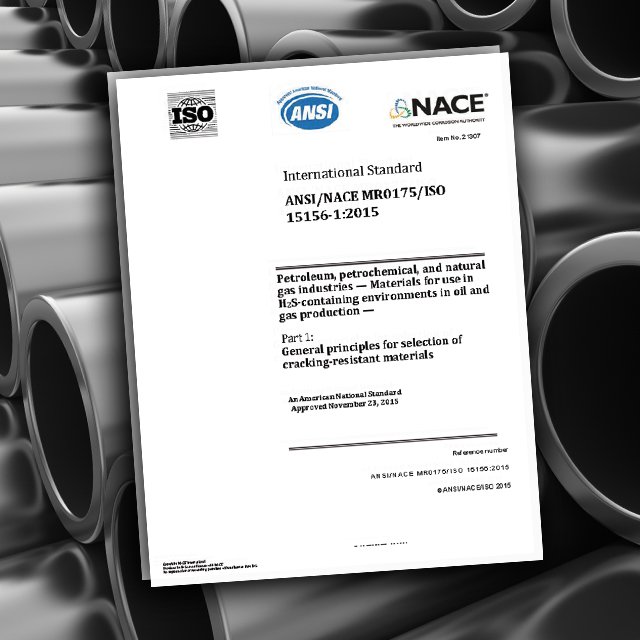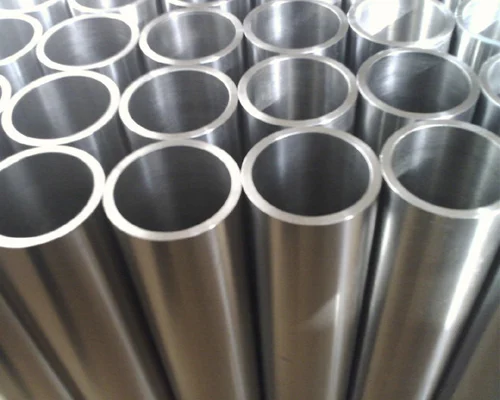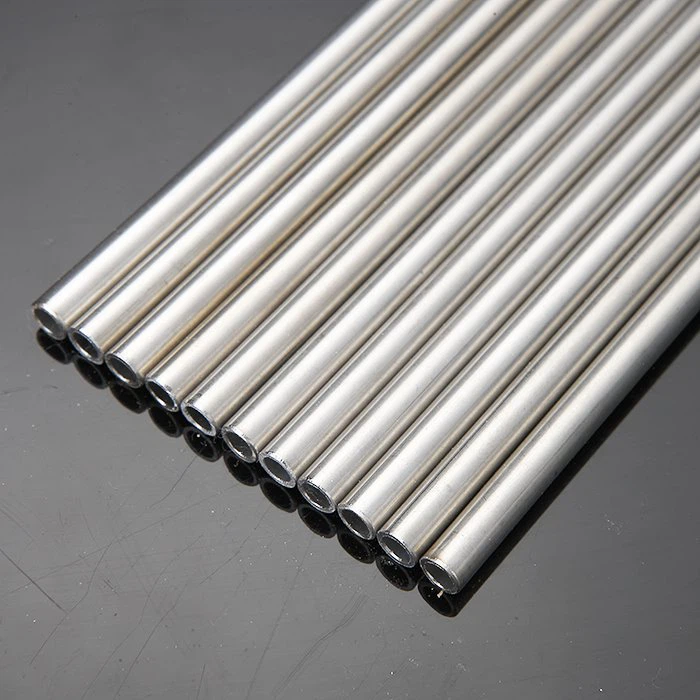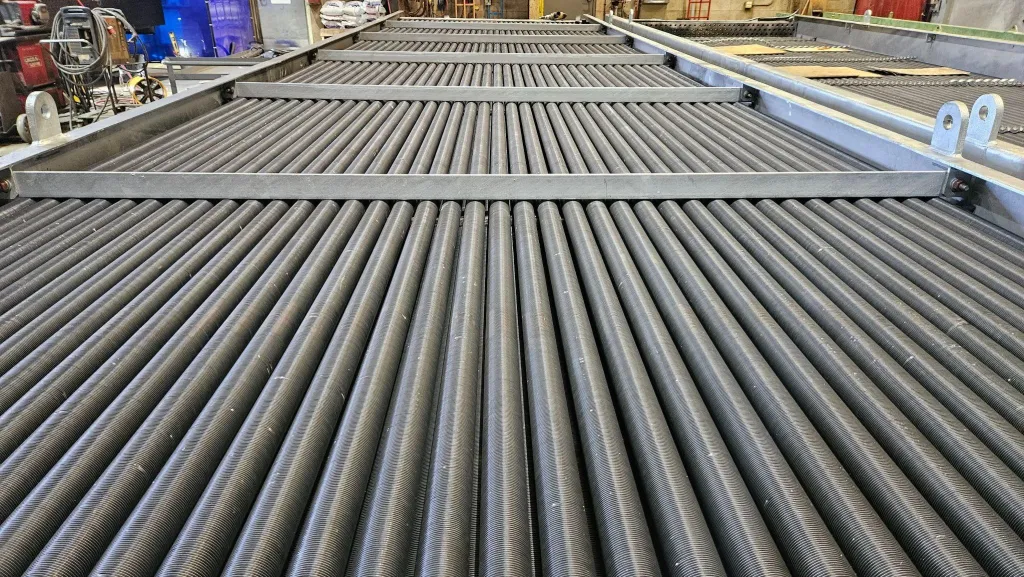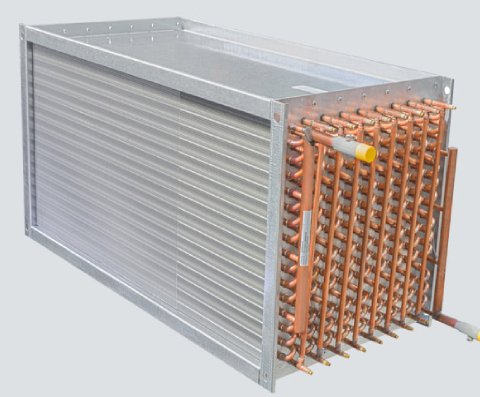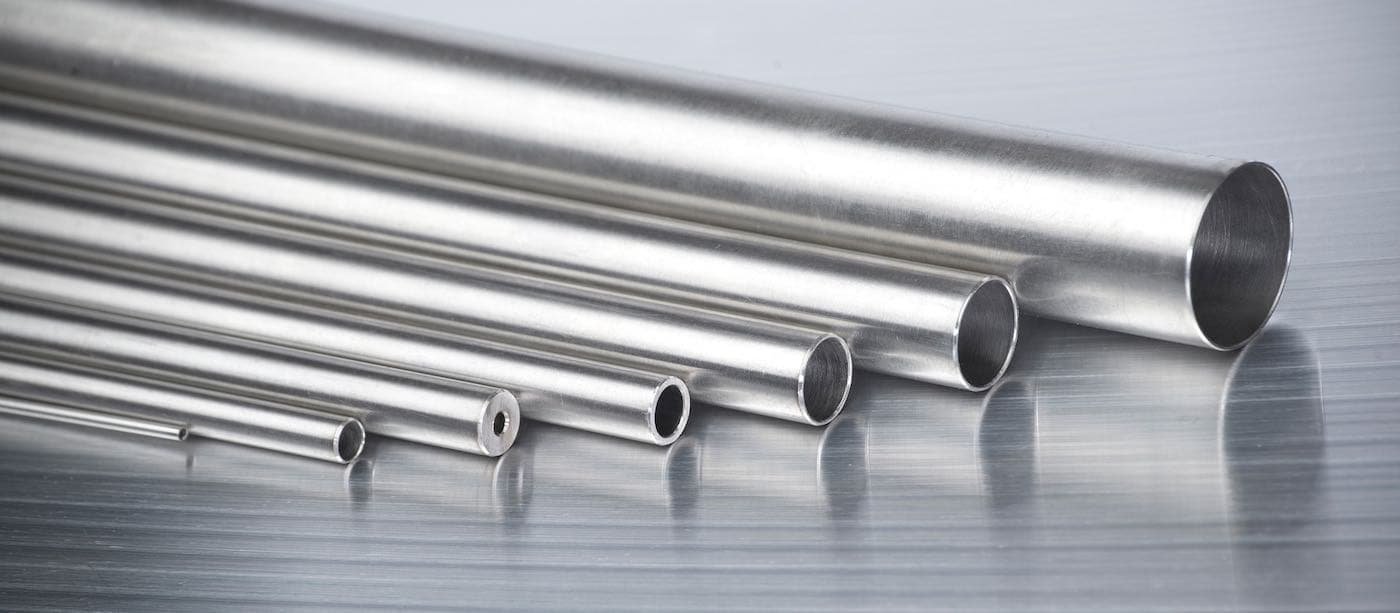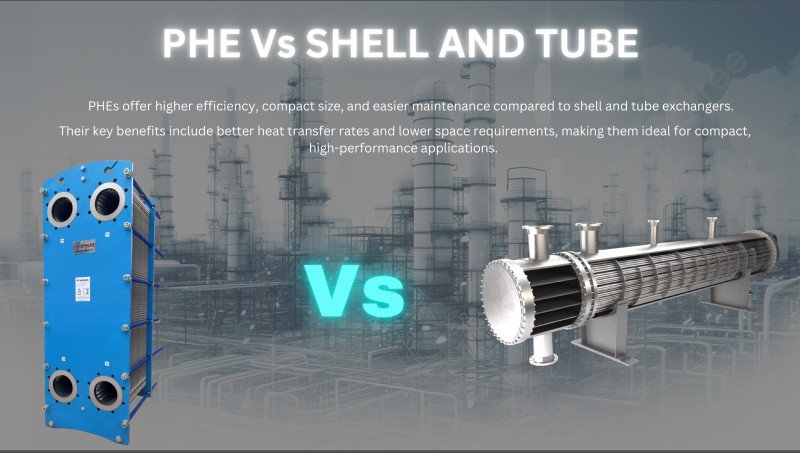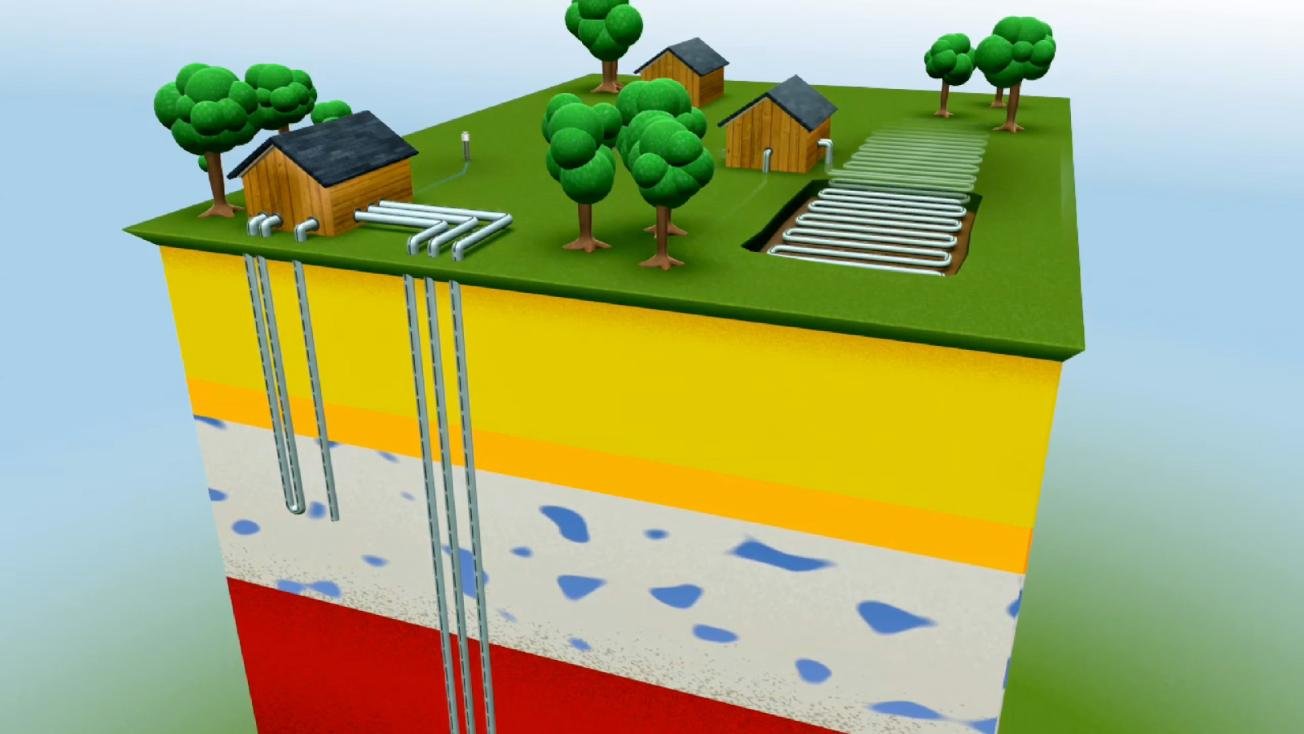Meta Description:
Heat exchanger tubes can fail due to corrosion, vibration, fouling, and material fatigue. Learn about the most common failure modes and how to prevent them in industrial systems.
Introduction
Heat exchanger tube failures can lead to:
- Reduced thermal efficiency
- Unplanned shutdowns
- Product contamination
- Safety risks
Understanding the most frequent failure mechanisms is key to designing, selecting, and maintaining reliable heat exchanger systems. In this article, we explore the five most common tube failure types—and how to avoid them.
1. Pitting Corrosion
Occurs when localized corrosion breaks through the passive layer of stainless steel, forming small holes.
Often caused by:
- High chloride concentrations (e.g., seawater, brine)
- Poor material selection (e.g., using TP304 in coastal plants)
Prevention:
- Use TP316L, Duplex 2205, or Super Duplex
- Apply pickled or passivated finish
- Avoid stagnant conditions
More: Nickel Institute Guide to Localized Corrosion
2. Erosion-Corrosion
Caused by high-velocity fluids stripping away protective oxides.
Common in steam condensers and aggressive fluid systems.
Symptoms:
- Thinning at inlet zones or bends
- Grooved or horseshoe-shaped wear marks
Prevention:
- Maintain flow within design velocity
- Use thicker walls or Duplex / Alloy 625 for high turbulence zones
- Add internal cladding or baffles
3. Stress Corrosion Cracking (SCC)
Cracks form under tensile stress in the presence of specific chemicals (e.g., H₂S, chlorides).
This failure is often sudden and catastrophic.
Typical scenarios:
- TP304/316 in hot chloride service
- Undersized tubing under vibration
Prevention:
- Use SCC-resistant grades like Incoloy 825, Alloy 625, or Duplex
- Reduce cold working and residual stress
- Refer to NACE MR0175 for sour service environments
4. Tube Fouling and Scaling
The buildup of minerals, biofilms, or particulates inside the tube reduces heat transfer efficiency.
Typical causes:
- Hard water (CaCO₃ scaling)
- Poor cleaning schedules
- Inadequate filtration
Prevention:
- Use electropolished or BA finishes
- Maintain good flow turbulence to avoid dead zones
- Schedule CIP (clean-in-place) and backflushing
5. Thermal Fatigue and Vibration
Repeated temperature cycling or fluid-induced vibration can lead to tube cracking or failure at support points.
Signs:
- Cracks near baffles
- Leak at expansion joints
- Audible resonance during operation
Prevention:
- Follow TEMA guidelines for tube spacing and support
- Use expansion bellows and proper anchor design
- Minimize abrupt thermal shocks during startup
Frequently Asked Questions (FAQ)
Q1: What’s the most common failure in stainless steel heat exchanger tubes?
Pitting corrosion—especially in chloride-rich systems using TP304.
Q2: Can tube failures be detected before leakage?
Yes. Through eddy current testing (ECT), ultrasonic (UT), and visual inspection during shutdowns.
Q3: Is seamless tubing better for failure prevention?
Yes. Seamless tubes have no weld seam, reducing weak points in high-pressure or cyclic systems.
Q4: What’s the ideal tube surface finish to prevent fouling?
Electropolished (EP) or bright annealed (BA) finish helps reduce biofilm and mineral scaling.
Q5: Does DLSS offer technical support for tube material selection?
Absolutely. DLSS provides material consultation, standard-compliant seamless tubes, and surface finishing options based on specific exchanger environments.
Conclusion
Most heat exchanger tube failures are preventable with the right material selection, surface finish, flow design, and maintenance schedule.
By addressing pitting, SCC, erosion, scaling, and fatigue early on, you reduce downtime and extend your exchanger’s service life.
DLSS offers engineered stainless and alloy tubes designed to withstand corrosion, vibration, and thermal cycling—with full inspection and documentation.
Contact DLSS
Email: info@dlsspipe.com
Website: www.dlsspipeline.com


